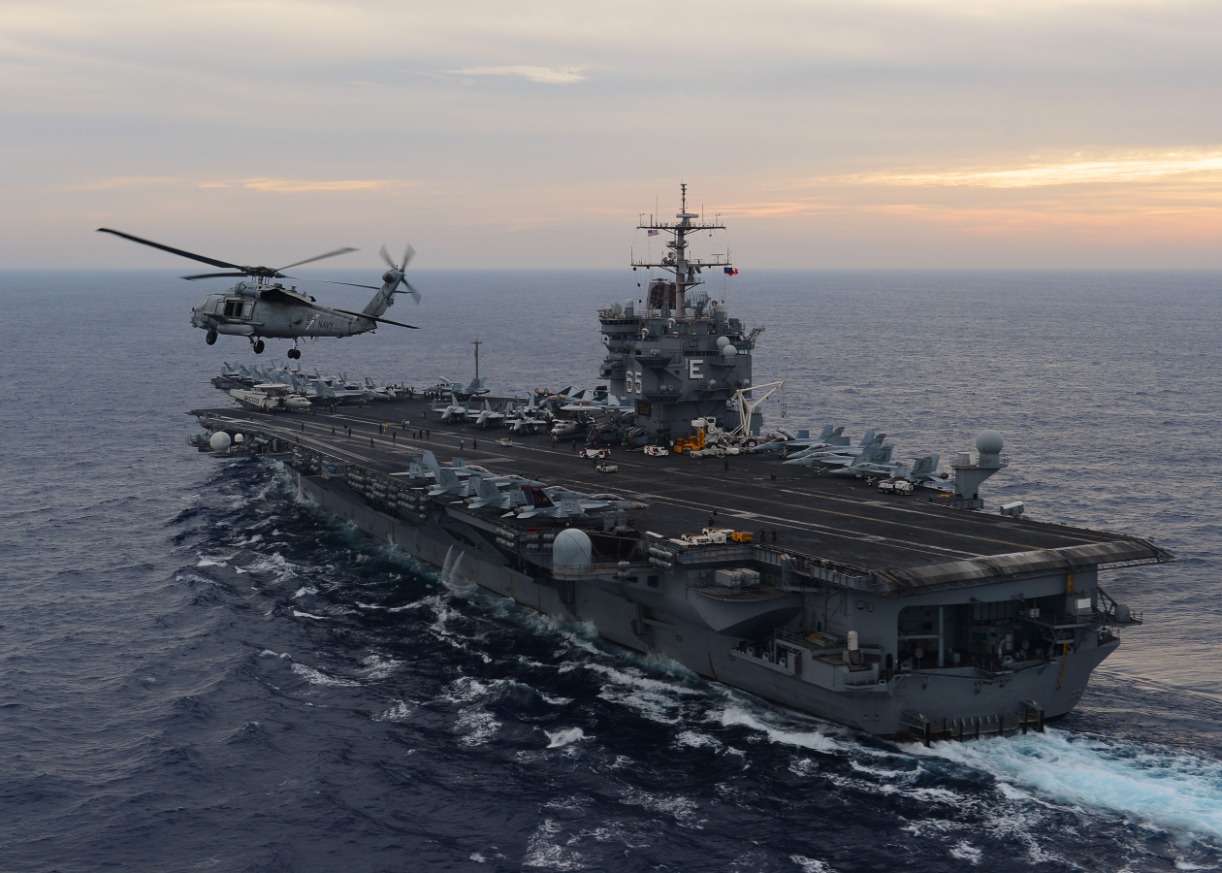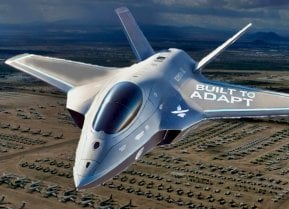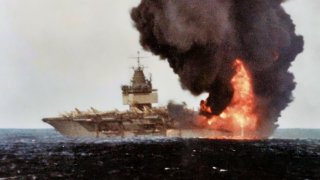'Rocket Warhead' Nearly Destroyed a Nuclear-Powered Navy Aircraft Carrier
On January 14, 1969, the aircraft carrier USS Enterprise suffered one of the worst peacetime disasters in U.S. Navy history while preparing for its fourth deployment to Vietnam.
What You Need to Know: On January 14, 1969, the aircraft carrier USS Enterprise suffered one of the worst peacetime disasters in U.S. Navy history while preparing for its fourth deployment to Vietnam.

-During an operational readiness inspection near Pearl Harbor, a series of explosions rocked the ship after a junior airman's warnings about an overheating Zuni rocket warhead went unheeded.
-The warhead exploded, igniting fuel and causing a chain reaction of blasts that destroyed 15 aircraft and blew holes in the flight deck.
-The disaster resulted in 28 deaths and 314 injuries, raising critical questions about safety protocols aboard the carrier.
The 1969 USS Enterprise Aircraft Carrier Fire: A Catastrophic Peacetime Incident
On January 14, 1969, the aircraft carrier USS Enterprise suffered one of the worst peacetime disasters in the US Navy’s history.
While participating in an operational readiness inspection (ORI) in the waters off of Pearl Harbor, Hawaii, the Enterprise was preparing herself for a morning launch of several aircraft, including F-4 Phantoms, A-7 Corsairs, RA-5C Vigilantes, EKA-3B tankers, and E-2A Hawkeyes. The launched aircraft were to be the last battle drill of the Enterprise’s ORI, which would ensure she was ready for her fourth deployment to Vietnam.
At 0818, an explosion rocked the port quarter of the Enterprise’s flight deck. The Enterprise’s skipper reacted quickly, steering the ship so that the wind blew smoke and flames off the flight deck, but subsequent explosions continued to rock the burning Enterprise.
When the blaze was finally contained, 28 sailors were dead and 314 were injured, while 15 aircraft had been destroyed. The damage left the Navy with a bill for $126 USD (or about $1 billion when adjusted for inflation) and a slew of questions about what had gone so wrong.
Investigating the fire
Moments before the explosion, a junior airman apprentice attempted to warn his superiors of a potential problem: an MD-3A aircraft’s starter unit had been position so as to blow hot exhaust onto the warhead of an MK-32 5-inch Zuni rocket that was mounted beneath the wing of a nearby F-4 Phantom. The MD-3A’s “exhaust temperature could reach 590 degrees (F) at a two-foot distance, while only 358 degrees was sufficient to cook off the warhead in about one minute and 18 seconds,” Naval History and Heritage Command reported.
The junior airman, attempting to warn his superiors, was either unheard or ignored; the MD-3A was not repositioned, although, the junior airman was likely already too late to reverse the Zuni warhead’s overheating. The Zuni warhead exploded. Shrapnel punctured the F-4’s two external fuel tanks, igniting the jet’s JP-5 fuel, and causing a conflagration.
About sixty seconds later, the F-4’s remaining three Zuni rockets al exploded, blasting through the flight deck, and allowing the ignited JP-5 to spread below deck.
Three minutes later, another bomb on the F-4 exploded; minutes later two more 500-pound bombs exploded; then three more 500-pound bombs, on a nearby rack, exploded, causing a 6,000-gallon fuel tank too rupture into a massive fireball. The explosions severed fire hoses and “rendered the closest fire-fighting foam units inoperative.”
“In all, there were 18 explosions that blew five large holes in the flight deck (although not in the landing area) and destroyed eight F-4’s, six A-7’s, and the EKA-3B tanker,” Naval History and Heritage Command reported.
The human toll was much worse, however. Twenty eight sailors would die while 115 would be injured.
The MD-3A starter unit driver, “Airman John R. Webster, was killed instantly by the first blast; the radar intercept officer of F-4J No. 105, LTJF Buddy Pyeatt, was killed in the fire; and the pilot of the aircraft, LTJF Jim Berry died as a result of his burns months later. Many of those who died were killed by the second explosion as they rushed to fight the fire.”

About the Author: Harrison Kass
Harrison Kass is a defense and national security writer with over 1,000 total pieces on issues involving global affairs. An attorney, pilot, guitarist, and minor pro hockey player, Harrison joined the US Air Force as a Pilot Trainee but was medically discharged. Harrison holds a BA from Lake Forest College, a JD from the University of Oregon, and an MA from New York University. Harrison listens to Dokken.
From The Vault


